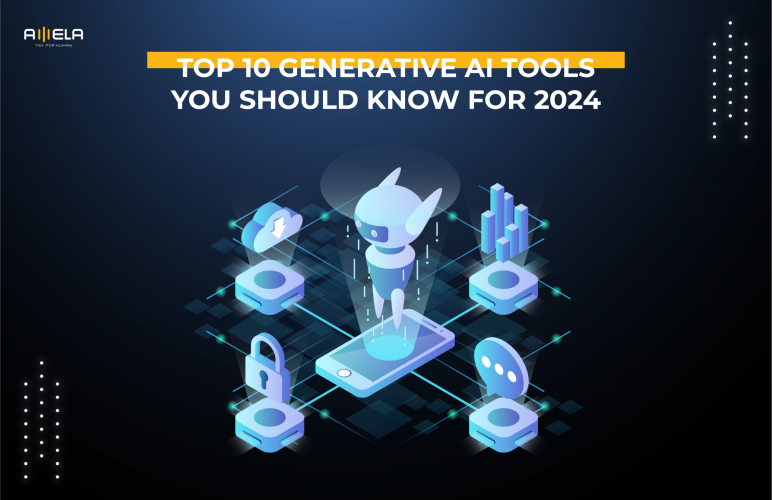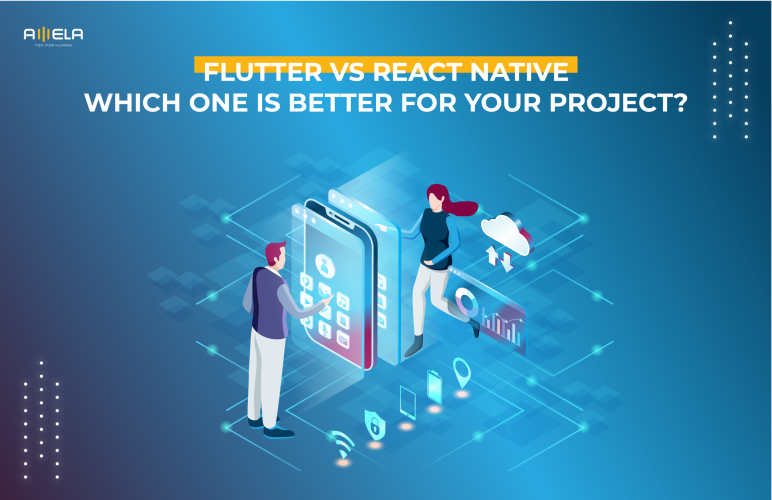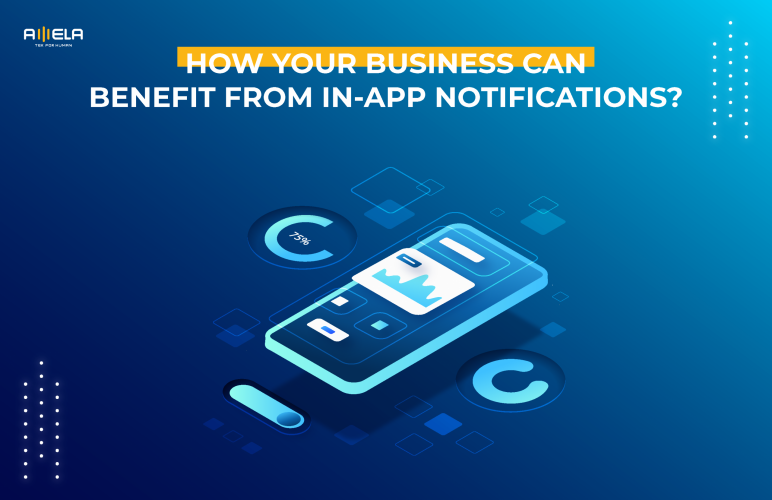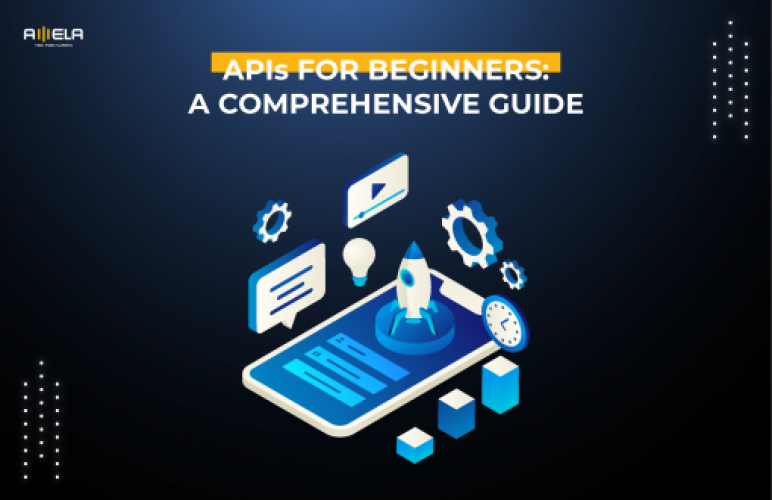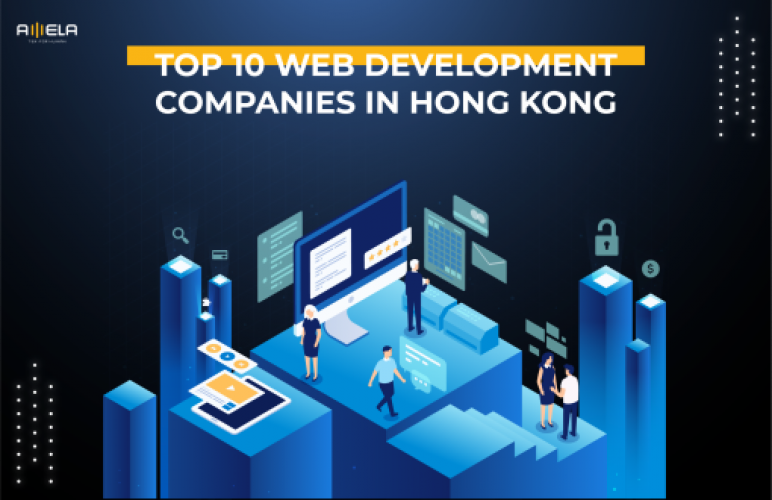
Top 10 Web Development Companies in Hong Kong
A website helps your business get noticed and trusted on the internet. For small businesses, making a website is pretty straightforward with tools that are easy to use, even for...
View detail
